Fava Bean Seed
Specifications:

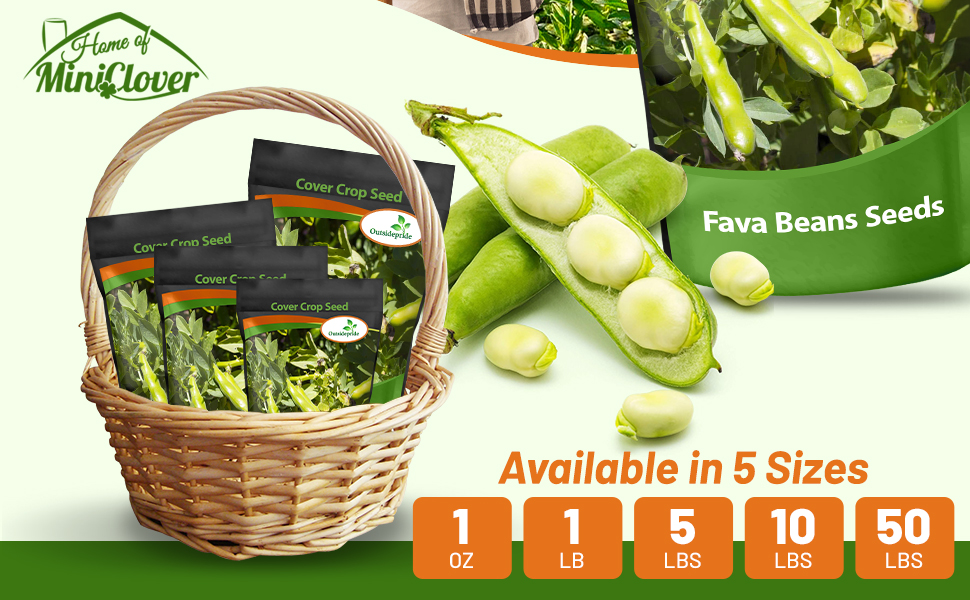
Elevate your garden with Outsidepride’s fava bean seeds, scientifically known as Vicia faba. Thriving in USDA Zones 2–10, these beans reach a mature height of 3–6 feet, making them ideal for cover cropping, soil improvement, and forage. Known for high protein content and significant biomass production, they enrich soil structure and support resilient plant growth. With adaptable planting guidelines and impressive yields, fava beans are a valuable addition to any garden focused on productive and nutrient-rich crops.
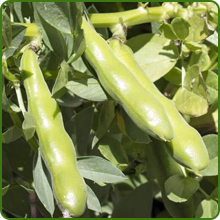
High Protein Content
Our fava bean seeds offer high protein due to their nitrogen-fixing ability, aided by beneficial bacteria in their roots. This natural process boosts amino acid production, making fava beans a nutritious choice for forage and soil improvement, especially in cool-season climates.
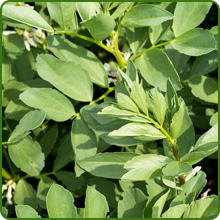
Cover Crop
Outsidepride fava beans make an excellent cover crop, rejuvenating soil and reducing erosion. This is because they grow quickly, and as a legume, they fix nitrogen to enrich the soil, prevent erosion, suppress invasive plants, and improve soil fertility when turned back into the ground.

High Yield Variety
Our high-yield fava bean seeds boost productivity, perfect for forage or harvest. They are high-yielding due to their robust growth, large seed size, and ability to thrive in cooler climates. Their nitrogen-fixing properties enhance soil fertility, supporting healthy plant development and higher pod production.
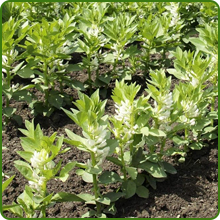
High Biomass Production
Our fava beans produce rich biomass, enhancing soil moisture and structure. They grow quickly and develop dense, leafy foliage, which contributes significant soil nutrients. Their large root systems help capture nutrients and moisture effectively, supporting lush above-ground growth.
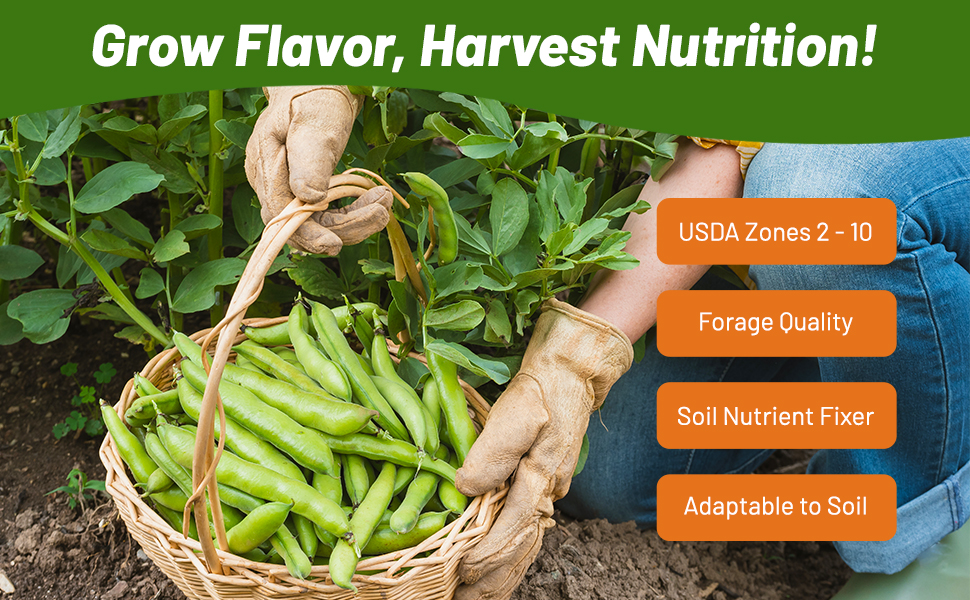
Our fava bean seeds offer rich flavor and robust nutrition, making them a prime choice for versatile garden use. Suitable across USDA Zones 2-10, they adapt well to different soil types, adding nutrients as a natural fixer. Known for high forage quality, these beans not only enrich the soil but also contribute to healthy growth cycles. Whether you’re enhancing your garden or cultivating a bountiful harvest, fava beans bring a balance of flavor, nutrition, and soil adaptability to meet your planting needs.
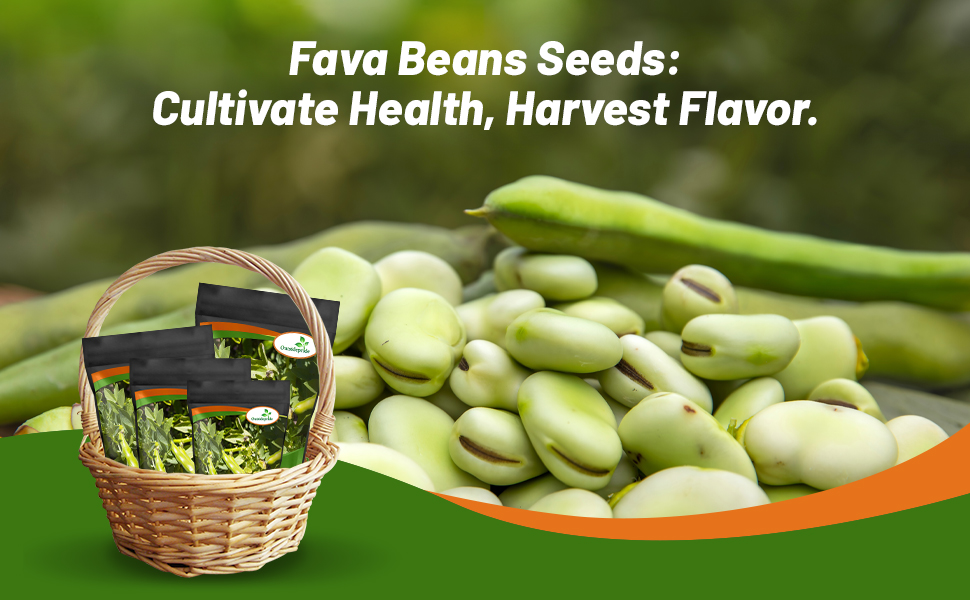
Our fava bean seeds embody the balance between health and flavor, bringing a versatile addition to any garden. Rich in nutrients and protein, they enhance both soil and harvest quality, making them ideal for growers focused on soil health and high-yield production. Whether cultivating for fresh beans or soil enrichment, fava beans offer a reliable crop that satisfies both nutritional and agricultural needs.
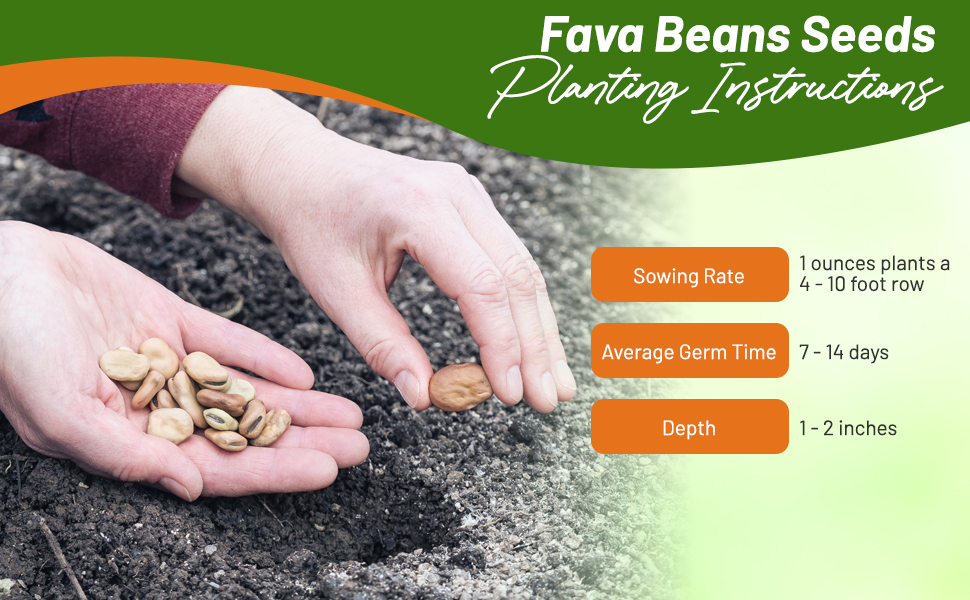
For optimal results with our fava bean seeds, plant approximately 1 ounce per 4–10 feet of row. Ensure seeds are sown at a depth of 1–2 inches in well-prepared soil. The average germination period is 7–14 days, providing a steady growth foundation. Ideal for cover cropping, soil enrichment, and garden applications, these fava beans thrive under proper conditions. Follow these guidelines to maximize germination and yield, cultivating a productive and resilient crop season after season.
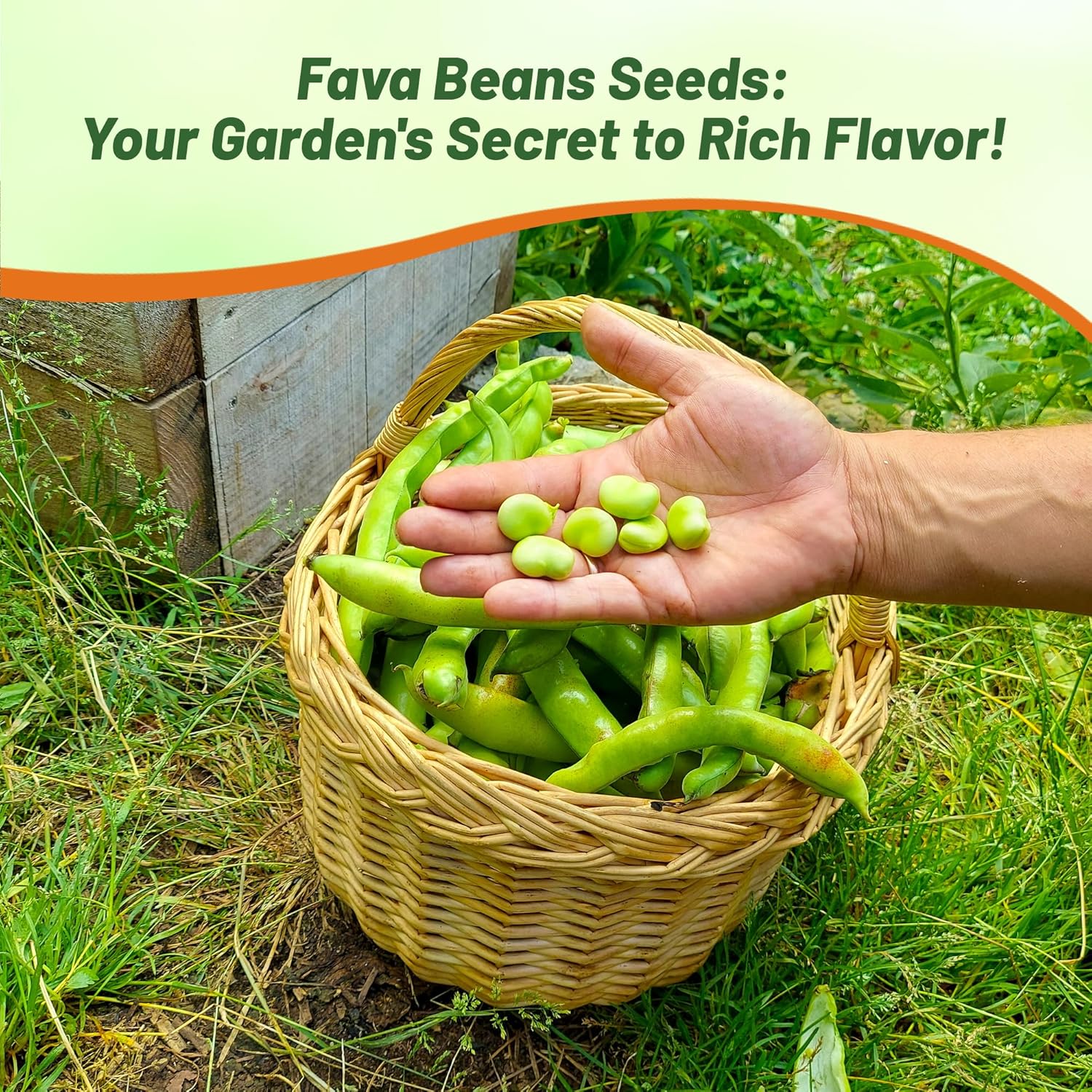
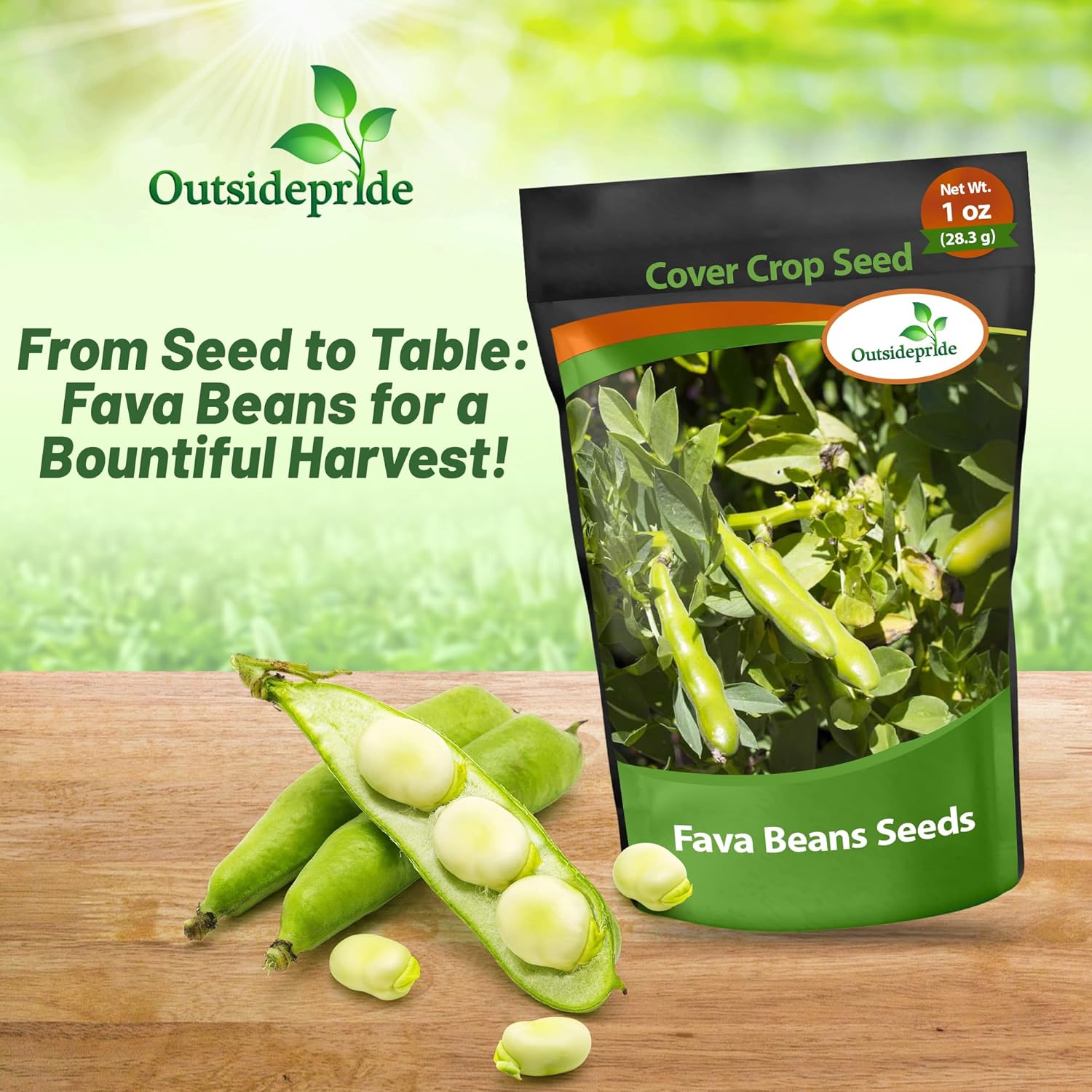









Fava Beans (Vicia Faba) - A relative of vetch, fava beans have erect, coarse stems and large leaves that grow into a bushy plant. This annual legume is also known as broad bean, field bean, horse bean, and Fababean. There are many varieties, even one for human consumption which is called Windsor bean. The cultivation of the bean dates back to early history where it is native to the Mediterranean region, especially Italy and Iran. In North America, Canada is the largest producer of Fava bean since they produce best in cool summer climates.
Our Fava beans are forage quality. They are not for human consumption.
































